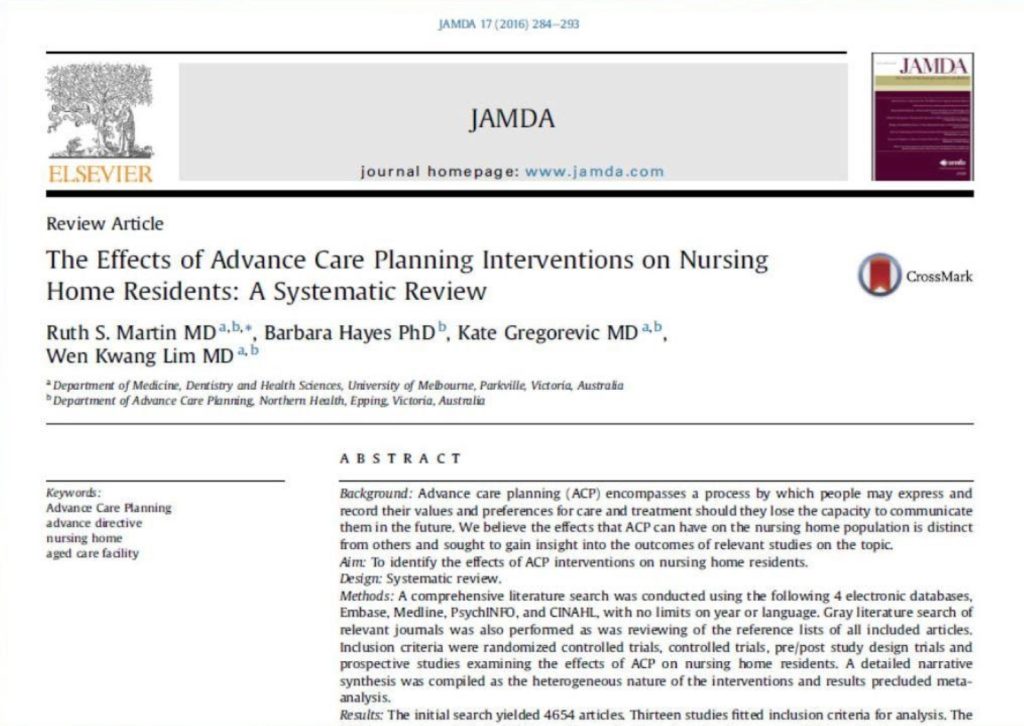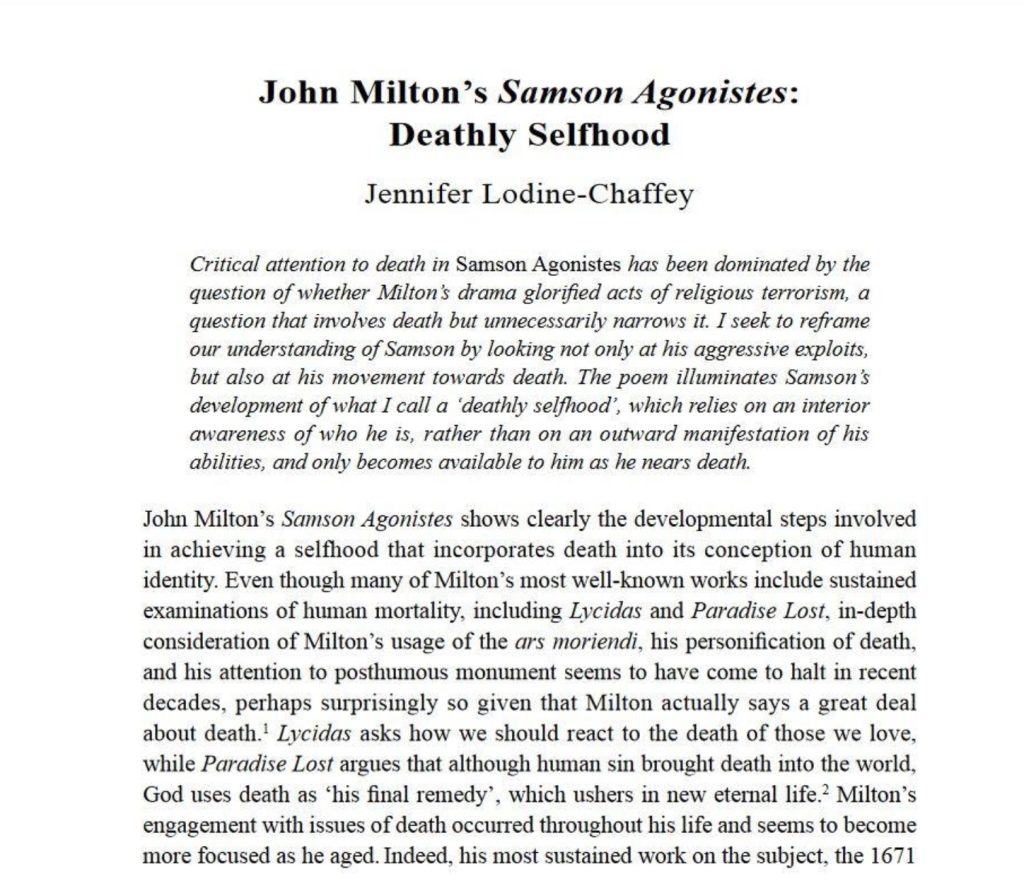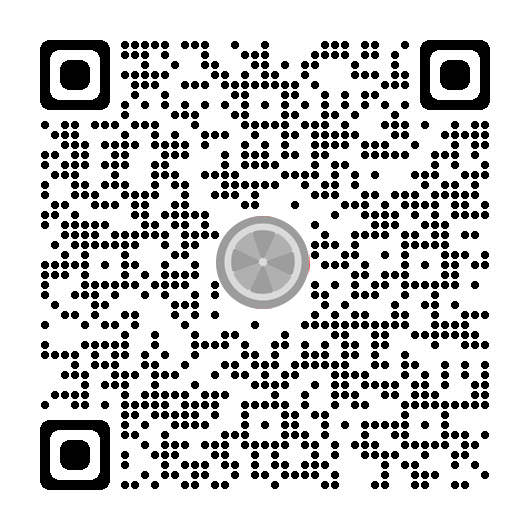Reading Like a Researcher
Barry Mauer and John Venecek
We discuss the following topics on this page:
- Reading Like a Researcher
- Taking Notes While Reading
- Strategic Skimming
- Active Reading
- The Anatomy of a Journal Article
- How to Take Notes on a Book
- Key Takeaways
We also provide the following activity:
Reading Like a Researcher
While conducting your literature review, you will encounter many types of scholarly writing. This material is often long and dense and can seem intimidating to beginning scholars. There is a remedy, however. Reading like a researcher is a skill that demystifies scholarly articles and monographs while making your review more efficient. The key is knowing that reading scholarship is different from other types of reading (like reading literary works). It is an active and strategic process that will help you identify the structure of an academic book or article, an author’s thesis, their argument, and the scholarly conversation in which they are engaged. We’ll also discuss thinking while reading, the anatomy of a journal article, and strategies for effective note-taking.
Let’s begin!
 Taking Notes While Reading
Taking Notes While Reading
As you read, take notes on the following:
While Reading Scholarly Literature, Ask
- What is the subject of the reading? What is it about?
- If it is a research paper or theoretical text, what is the thesis?
- List at least three main points used to support the thesis.
- What evidence is offered in support of the major argument?
- What is the subtext (the author’s purpose)?
- Who is the intended audience?
- How credible is the work?
- What applications can the work have (how might it be used)?
- What is the significance (and implications) of these applications?
Students are strongly encouraged to adopt a note-taking/citation management system. UCF offers students one of the most popular programs, EndNote, at no charge. In Chapter 7, we discuss how to use citation management systems like EndNote.
Mind Mapping [2 min 1 sec]
Cornell Method [1 min 16 sec]
 Strategic Skimming
Strategic Skimming
Given the length and density of scholarly books as well as articles, it would be difficult to read them closely during your literature review. At this stage, you’re scanning and compiling possible resources for your review. Therefore, strategic skimming is an essential skill. Think of it as getting a bird’s-eye view of an article or book chapter and selectively zooming in and out of the sections that are most relevant to you. You may go back to those sections for a closer reading, but for now, you’re using this process to identify possible resources. Keep an index of your readings so you can review them and find key passages later. Understanding how scholarly monographs and articles are organized will make this process easier and more efficient.
Journal Articles
The Abstract: The abstract is a concise paragraph that is considered the “executive summary” of the article. Here, you can identify the author’s purpose, main problem or research question, methodology, and key findings.
The Introduction: This section builds on the abstract and is where authors make a real effort to connect to their audience. Introductions vary quite widely, but generally, they start broadly and narrow down; they state the author’s aims and the importance of their research; they state the hypothesis or research question, and they include a thesis statement. They may also include what is sometimes referred to as a “forecasting statement,” which helps prepare the reader and guide them through the rest of the paper.
Section Headers: If an article is broken into subsections, explore how those subsections are organized to get a sense of how the authors constructed their argument. These subsections may also generate ideas for how you can narrow and focus your topic. You may find that just one subsection is worth digging into deeper, then note who the author cited in that section to help you establish the theoretical foundation for your project.
Keyword Searching: Effective keywords will not only help you locate high quality articles in our subject databases, they can also help you strategically skim through articles to quickly determine their relevance to your project. This strategy can also be effective if you’ve found a reference to an idea in an abstract or introduction and want to jump to that section to get more info. Skimming is not a replacement for a close reading of an article, book chapter, or book; it’s a method for sifting and establishing relevance during the literature review. Think about the article’s title: why did the author choose it? Does it epitomize the argument? Also, don’t just grab a sentence from a text that agrees with your viewpoint without reviewing the larger context. The sentence you grab may not represent the author’s views at all, but may be the author’s presentation of an opposing argument.
The Conclusion: This section can be read in tandem with the introduction. Authors often use the conclusion to restate key points; however, they may also ask unanswered questions and leave clues for future research. Sometimes, they state these questions explicitly as if they are expecting others to build on what they’ve started. These questions and clues are points for you to jump into the conversation.
Other: Familiarizing yourself with the norms of your field is part of reading like a researcher. Depending on the field, journal articles may also include sections such as a literature review, keywords, methodology, results, discussion, and directions for future research. We’ll discuss these points further in “Anatomy of a Research Article” below.
Scholarly Monographs
Preface: This section of the book is equivalent to the abstract in a journal article, in which authors address their main argument, thesis, and often provide a brief overview of each chapter. The preface can help guide you to the most relevant sections of the book.
Table of Contents: Not only will this index include a list of chapters, it can also orient you to the theoretical focus and structure of the book. It is useful for understanding the specific text and for providing insight into how you might organize your own study. Much like the “section headers” discussed above, there might be something in a single chapter worth further investigation.
Introduction & Conclusions: Just as with journal articles, the introduction builds on the preface by providing a more in-depth discussion of the author’s argument, thesis, and their findings. The conclusion (if there is one – not all scholarly books have one) might be a recap of the thesis and the key findings. Consider reading these sections together before you read the body of the text.
Indexes: A variation of “keyword searching” discussed above is to skim the index to identify sections of the book that are most relevant to you. This approach is also an effective way to build and refine your list of keywords that you will search for in library subject databases.
 Active Reading
Active Reading
You should approach the literature review as an active reader who believes that other scholars have something important to say, but also as a skeptic searching for gaps in the conversation and ways to add constructive context or relevance to the discussion.
In “Scholarship as Conversation,” we discussed how the idea of an intended audience can help frame your argument so that you are contributing to the discourse on your topic and are moving the conversation forward. Likewise, when conducting your literature review, try to determine the intended audience of each article, book chapter, or book that you read and what kind of conversation is taking place between these sources. After a while, you should start to see connections within the various works. Ask yourself these questions: who is building on whose argument and where do certain scholars agree and disagree? Do these authors point to areas of further research that you can build on?
Think of others’ research as a relay, or a kind of loose model, for producing your own research project. Published articles and book chapters, especially in edited volumes, provide insight into how researchers target specific audiences and tailor their arguments to meet their reader’s expectations. In your writing, a clear sense of audience awareness will help you establish the proper tone and give your paper a sense of purpose. It can also help establish the scope of your literature review and determine which resources will be most effective in your final draft.
 The Anatomy of a Journal Article
The Anatomy of a Journal Article
With a little experience, you’ll be able to tell a lot about a journal article just by examining its structure, or anatomy. Articles in the humanities are usually relatively simple compared to the social sciences and STEM (Science Technology, Engineering, Math). While there may be some variation depending on journal requirements, here is a basic breakdown of the two:
Humanities |
Social Sciences/STEM |
| Abstract | Abstract |
| Keywords (sometimes) | Keywords (often) |
| Introduction | Introduction |
| Body | Literature review |
| Conclusion | Methodology |
| Works cited | Results |
| Discussion | |
| Conclusion | |
| Works cited |
Let’s examine an article to see how much information we can glean from the first page alone:

This article is from a nursing journal. Note how we get the name of the journal with a link to the journal’s homepage, the title of the article, the authors with their credentials and affiliations, the abstract, and a list of keywords to index the article and to provide the reader with several search terms. Without reading a word, you should immediately discern from the layout that this is a scientific article published in a scholarly, peer-reviewed journal. Everything here is transparent, and that transparency enhances the validity of the journal, the authors, and their study.
As noted above, humanities articles have a more basic structure that often flows from the abstract, to the introduction, to the body of the text. For example, here’s a peer-reviewed article on Milton retrieved from the MLA database:

While the layout is much simpler than in a STEM article, it conforms to the norms of a humanities journal and is easily identifiable as a work of literary criticism. For example, it follows a basic beginning structure of title, author, abstract and introduction. Unlike the STEM article, the author’s affiliation will be at the end of the published work, after the works cited.
Reading Articles to Identify Supporting Evidence [1 min 56 sec]
Parts of a Research Article: Arts & Humanities Edition [1 min 16 sec]
 How to Take Notes on a Book
How to Take Notes on a Book
Scholarly books can be touchstone works in literary studies. Before reading a whole book, take some steps to see if doing so is necessary for your project. Time is a precious resource, and you need to use it wisely! Read book reviews to gauge the book’s likely relevance as well as its strengths and weaknesses. Then, read the Table of Contents and the Introduction. If there’s a specific chapter that seems most relevant, skim it first. If there’s a specific detail you’re investigating, use the index to find that smaller section. If, however, you decide that the whole book is relevant (or that it’s been assigned by your instructor), then read the instructions below to learn how to take effective notes while reading.
Please do not try to remember a whole scholarly book in your head; our brains are not made to process and store this quantity and density of information. Instead, get in the habit of taking notes and making an index of the book as you read. Here are some tips to guide you:
How to Take Notes on a Book
- Think of your notes as your personal reference for the book. Mark page numbers before each note so you can find your way through the book again later, using your notes as a guide.
- If you see a key term, jot it down. You can usually identify key terms because they repeat.
- Sometimes, a book will identify its key terms, sometimes not. If you see a term you don’t know, jot it down. If you see a word you know, but it’s being used in an unfamiliar way, jot it down. It is important to remember that various disciplines and authors use words in a specialized way, and we must be careful to keep their sense of the term. Because of this, try to figure out the meaning of the term from the context before going to a dictionary.
- Do not add comments, criticize, or “figure out” the author’s ideas in your reference notes. The purpose of the notes is to keep a faithful index of the book; if you refer to your notes later, it should be clear which ideas are the author’s and which are not. Your comments, questions, and criticisms can be made in a separate column if you choose (see the Cornell Method video above).
- Take at least one note per page of text.
- A note does not have to be a full sentence; fragments are fine.
- An outline is a very useful form for your notes, since it helps to keep track of the parts of an argument, including its thesis, sub-claims, evidence, opposing arguments, etc.
- Don’t take too many notes. A map of Utah is useless if it’s the same size as Utah. The purpose of note-taking is to have the information in usable (i.e. reduced) form.
Once you have a set of notes on your scholarly readings, go back through them and notice significant patterns. Highlight the notes that stand out to you as most significant or relevant. Make a second set of notes that is more condensed than the first. This second set of notes will be raw materials for your research and writing.
 Key Takeaways
Key Takeaways
Do: |
Don’t: |
| Ask questions about the text as you read. | Read uncritically. |
| Adopt a citation management system. | Wait to manage your citations. |
| Identify the intended audience for each reading. | Ignore the question of the intended audience. |
| Use strategic skimming. | Read every word of a scholarly work unless it is very significant to your research. |
| Notice the structure of the reading. | Ignore the structure. |
| Consider the work as a relay (loose model) for your own research and writing. | Overlook the ways you might model your research and writing on the work of others. |
| Create an index (set of notes) for books and longer readings. | Read longer works without making an index. |
If you are using an offline version of this text, access the quiz for this section via the QR code.


